The Color PURPLE
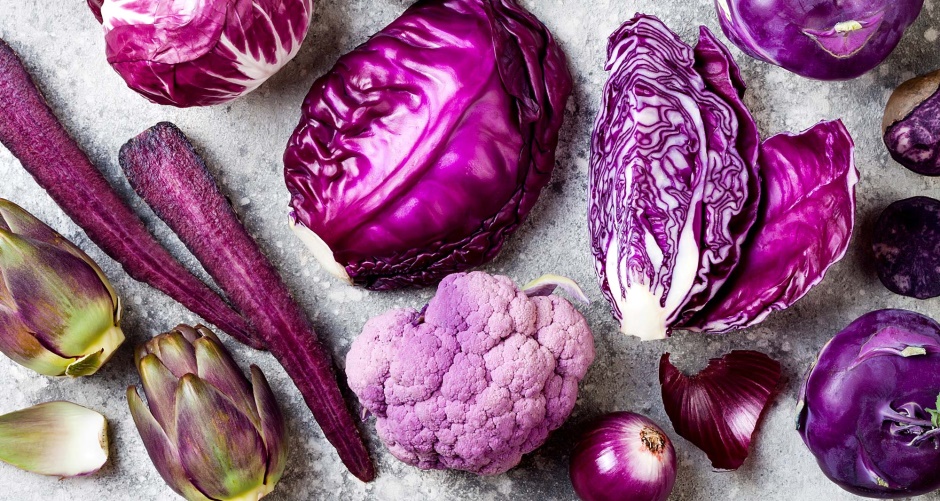
When it comes to a remarkably healthy vegetable, anything purple is the route to take. And have you noticed more and more vegetables are showing up in the color purple (cauliflower, potatoes, asparagus, and even carrots)?
Some purple veggies have been around for a long time—eggplant, for instance. But thanks to selective breeding (very different from genetically modifying), more and more crops are emerging with more and more disease-fighting traits.
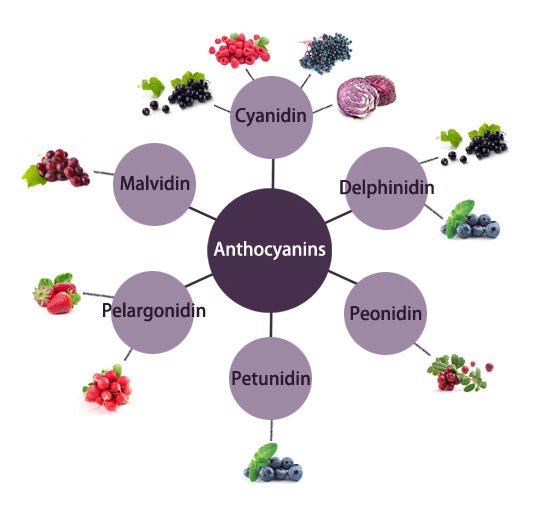
The deep purple color of fruits and veggies is typically a sign these foods have a hefty dose of antioxidants. It’s the antioxidant, anthocyanin, that gives plants (including flowers) their vivid violet color. This antioxidant is also responsible for the red in red foods and the blue in blue foods.
Anthocyanins protect and heal cells from damage and protect from many lifestyle diseases, such as cancer, diabetes, and cardiovascular and neurological diseases.
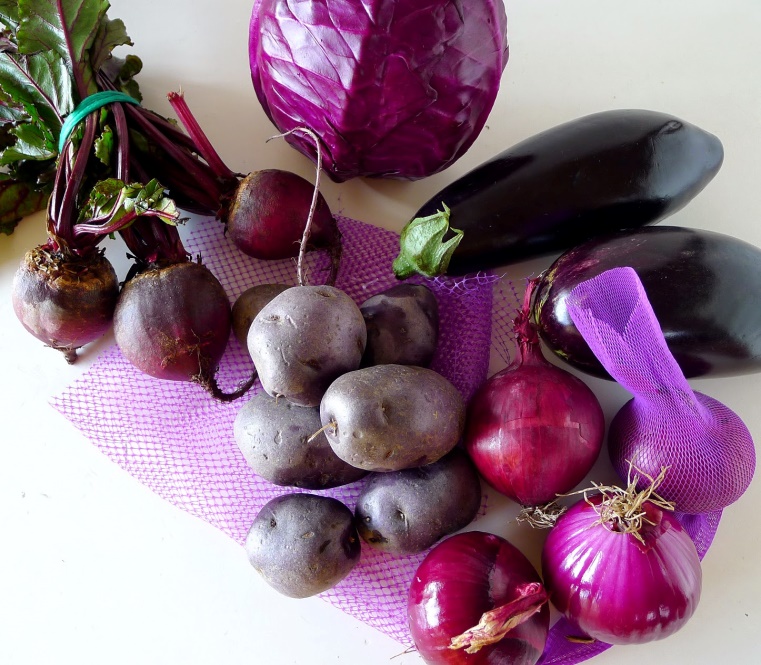
All this said, here are even more reasons to eat more purple foods:
They are anti-inflammatory. We all know by now that chronic inflammation is one of the underlying causes of many diseases (iIncluding Alzheimer’s disease, asthma, heart disease, allergies, type 2 diabetes, arthritis and joint disease, depression, some types of cancer, and obesity).
They are heart-healthy. They have a proven ability to lower artery stiffness and lower blood pressure.
They are anti-cancer—major cancer preventers. For example, research shows the purple sweet potato protects against colorectal cancer. And purple corn has particularly potent cancer-fighting power. It’s also been shown to significantly help block colon cancer cells.
They are good for your brain. Research consistently shows the memory-enhancing effects of eating purple sweet potatoes. The purple sweet potato also has the ability to help prevent age-related decline in the nervous system.
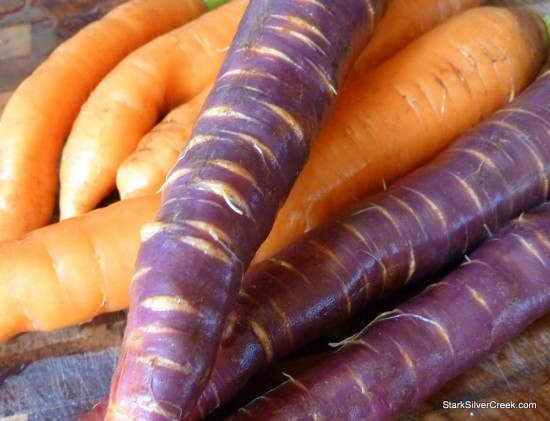
When you compare a purple vegetable to its normally-colored counterpart, the differences are noteworthy (due to the larger amounts of anthocyanins). For instance, purple potatoes have four times as many antioxidants as Russet potatoes. Compared to orange carrots, purple carrots have two times the amount of alpha and beta-carotene.
And purple cabbage (also known as red cabbage) contains 36 different types of antioxidants. And it’s been shown to have six to eight times more vitamin C than green cabbage. (And by the way, purple cabbage is one of the best health food bargains because it has the highest level of antioxidants per dollar.)
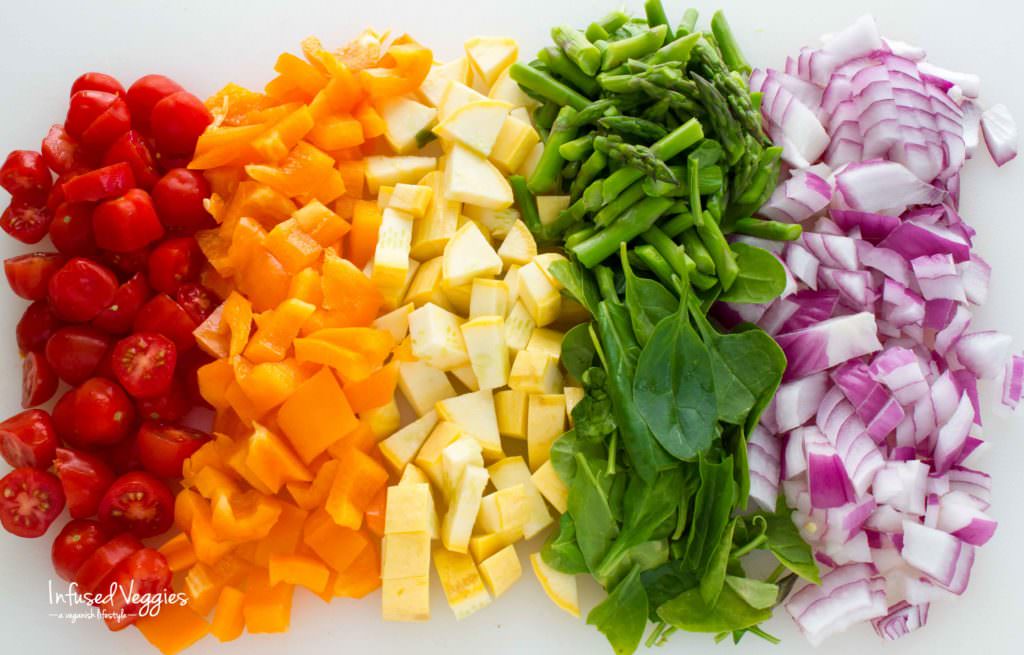
Of course, you want to eat a variety of colorful foods every day. But the color purple does deserve special emphasis! So with that idea in mind, here are some ideas for boosting your menu’s purple factor:
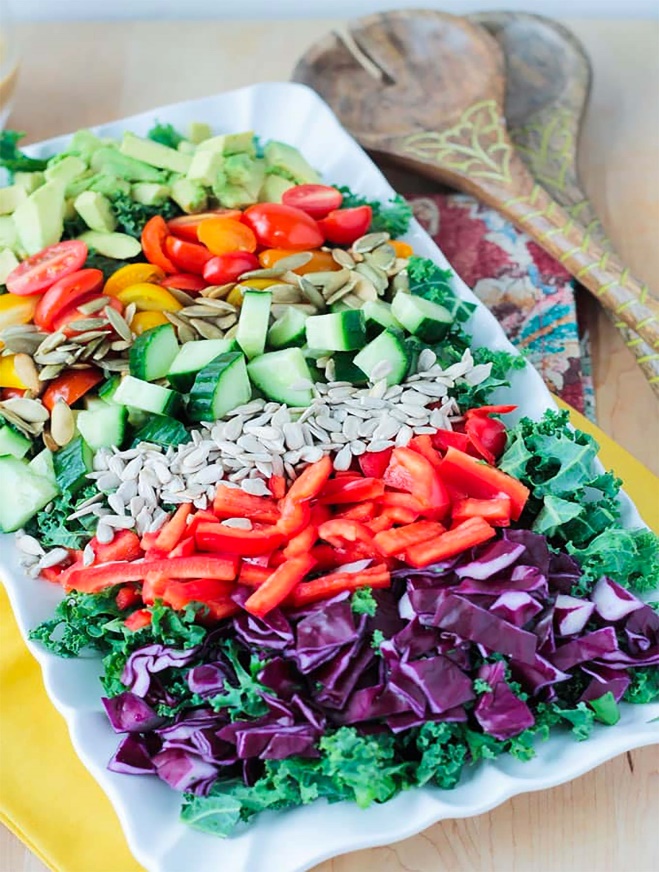
Purple cabbage: as cabbage rolls and in chopped veggie salad.
Purple onion (aka red onion): in salsas, tossed salads, atop burgers.
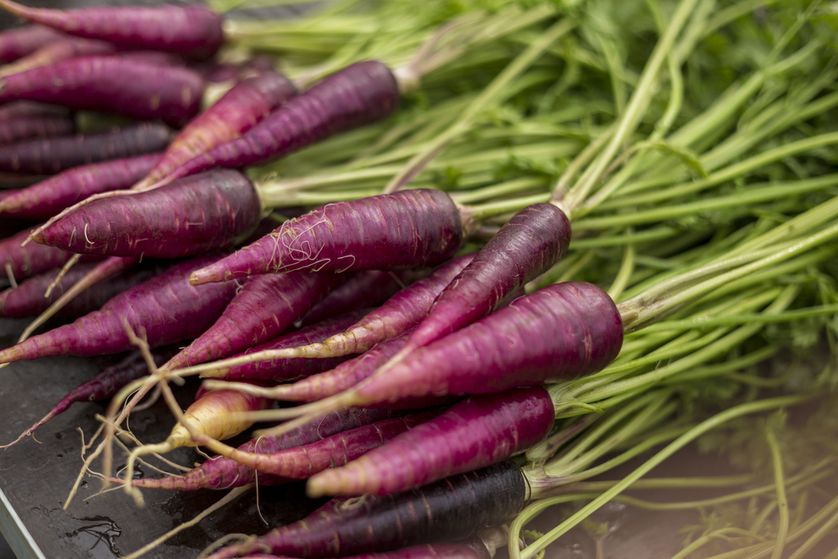
Purple carrots: in humus dippers, soups and stews, stir fry, as a glazed side dish.
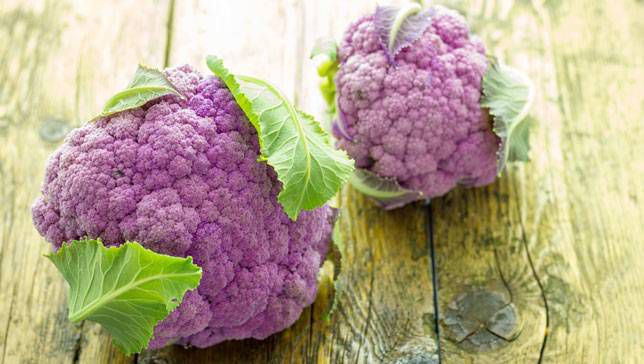
Purple cauliflower: in beet slaw, soups and stews, stir fry, as a cheesy side dish.
Purple kale: as chips, in smoothies, steamed with spinach, in soups and stews.
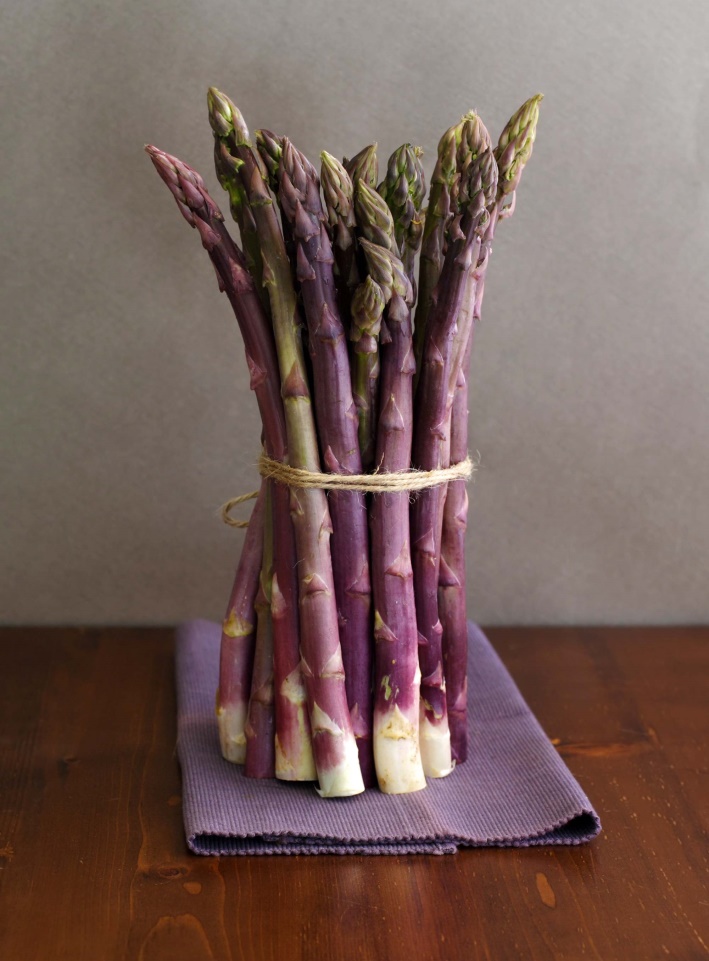
Purple asparagus: always good steamed, but try shaving them and adding to tossed salad.
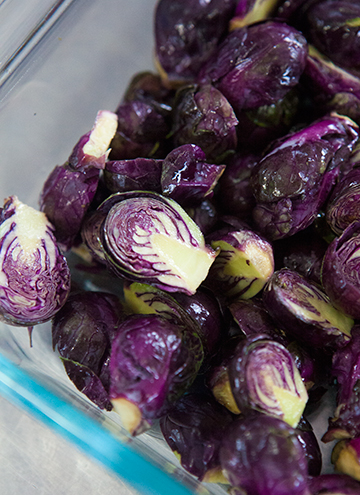
Purple Brussels sprouts: a little harder to find, but delicious and pretty when mixed with other steamed veggies. They keep their color when roasted and are especially good served this way.
Eggplant: the most common purple veggie, it’s always good in ratatouille. If you want to go the eggplant Parmesan route, try adding roughly chopped pecans for a texture and flavor boost.
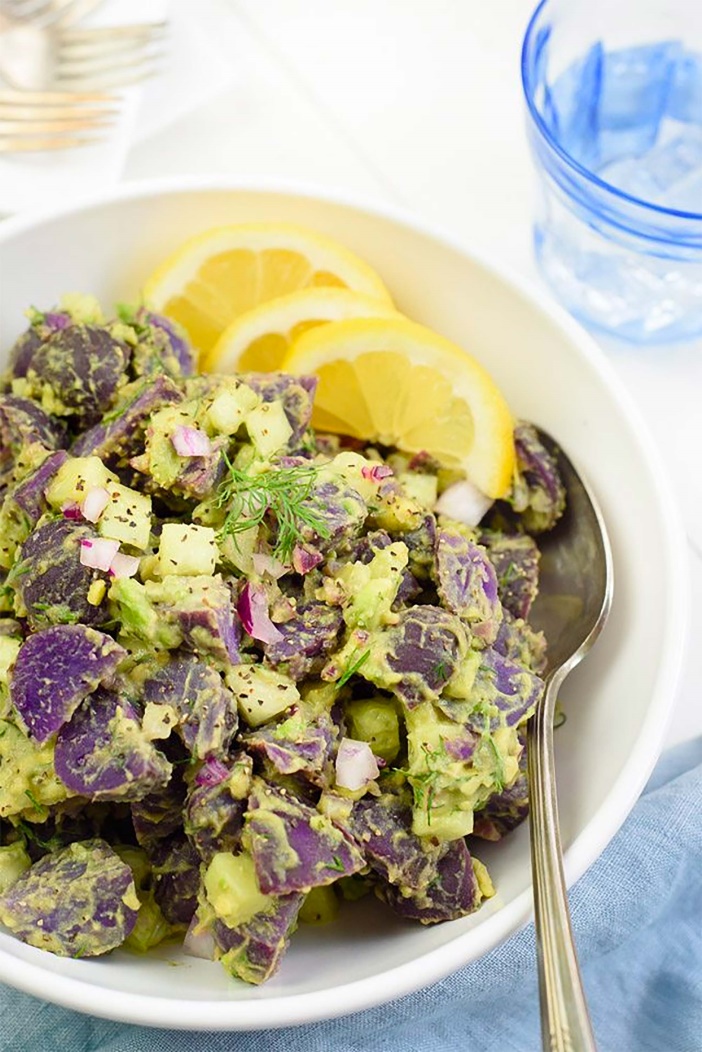
Purple potatoes: as you would any potato, but especially in potato salad (they create a beautiful presentation).
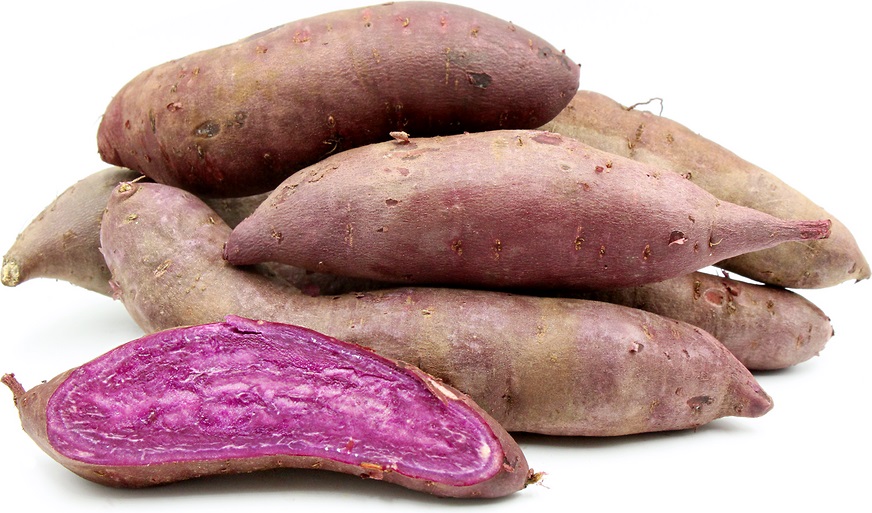
Purple sweet potato: as you would any sweet potato, but especially as sweet potato patties (recipe follows).
Luscious purple fruit and vegetables do much more than look good in still life paintings or on your kitchen counter. They contain a wealth of incredible health benefits. And thanks to today’s selective breeding, there’s a lot more to choose from than cabbage and eggplant. So as the seasons change and more and more produce is available think of the color purple and experiment. Your health will thank you!
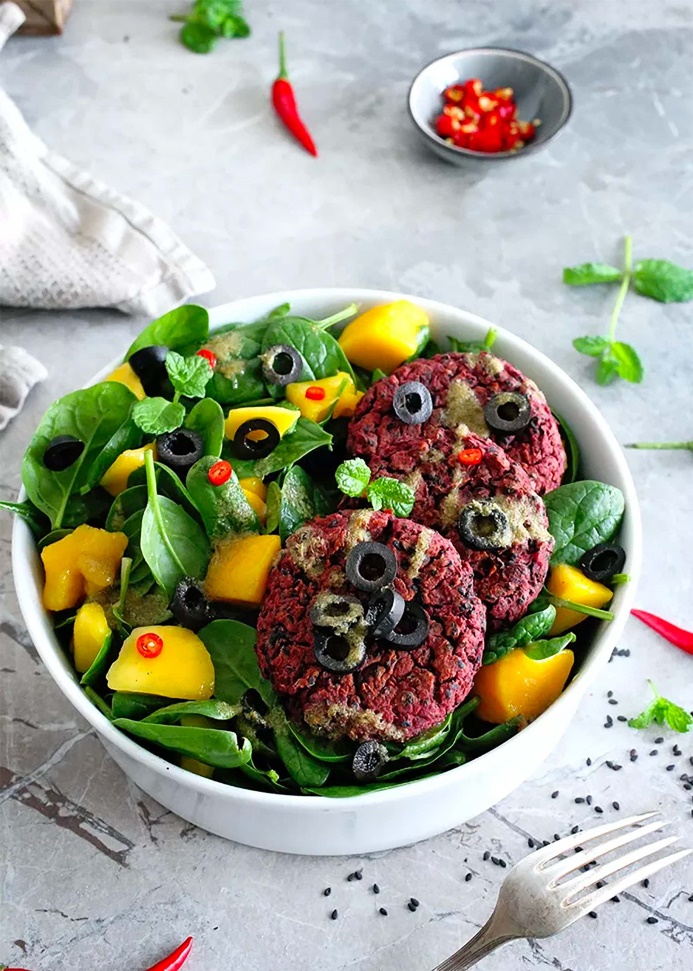
PURPLE SWEET POTATO PATTIES (yield: 12 patties)
2 purple sweet potatoes
1½ cups cooked beans (kidney beans for example)
3-4 tablespoons nutritional yeast
2 tablespoons beet powder (optional)
2 tablespoons tomato paste
2 tablespoons thick coconut milk
1 tablespoon lime juice
1 small chili, minced (optional)
1 tablespoon chopped fresh mint leaves
1 teaspoon green curry paste
½ teaspoon smoked paprika
2 teaspoons dried oregano
⅓ cup chopped black olives
⅓ cup black sesame seeds
Salt to taste
Pepper to taste
Peel and dice sweet potatoes. Add pieces to salted boiling water and cook until soft. Drain and let cool a bit.
Add sweet potatoes and drained beans to a large bowl, then using a potato masher mash until smooth. Add nutritional yeast, beet powder, tomato paste, coconut milk, lime juice, chili, mint, curry paste, smoked paprika and oregano and mix well
Fold in chopped olives and sesame seeds, season with salt and pepper, and mix everything together.
Shape the mixture into 12 small (or 6-8 large) patties.
Arrange patties on a baking sheet and bake them at 180°C/360°F for 45-50 minutes, turning them over once halfway through baking time.
Serve patties warm or at room temperature, with salad, or on burger buns.
- www.foodrevolution.org
- www.mnn.com
- www.ambitiousvisions.co
- www.mykitcheninspain.blogspot.com
- www.starkinsider.com
- www.specialtyproduce.com
- www.raisingjanejournal.com
- www.veganglutenfreelife.com
 Alice Osborne
Alice Osborne
Weekly Newsletter Contributor since 2006
Email the author! alice@dvo.com
